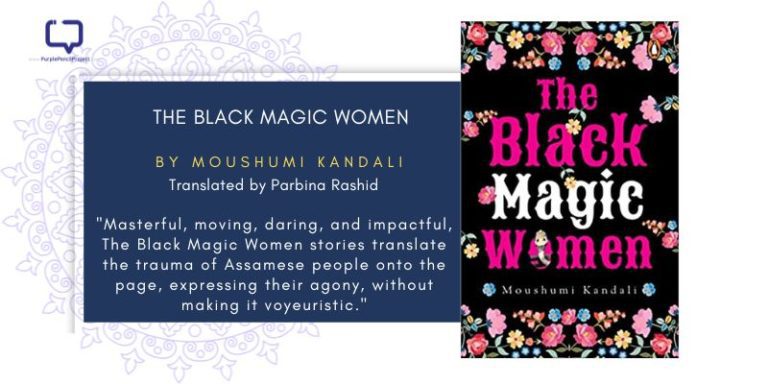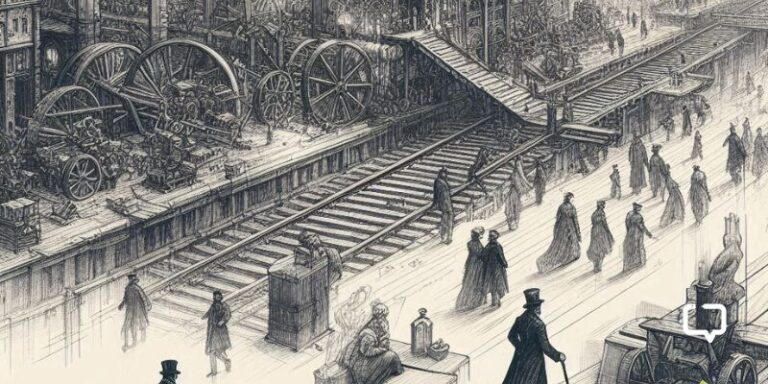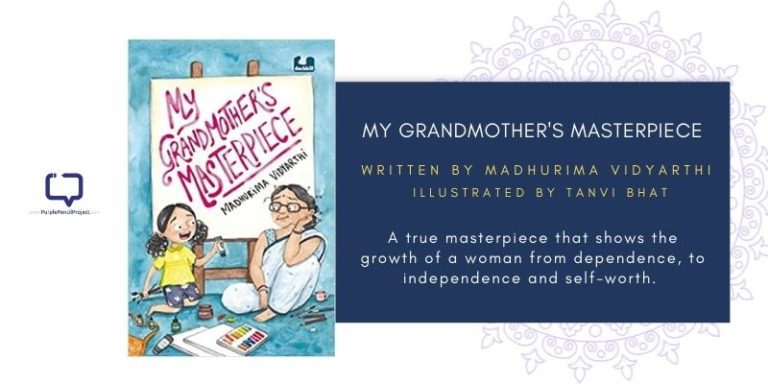There is a certain romance to historical fiction – an imaginative mind can
spend hours on end going from one ‘what if’ scenario to another, to creating
heroes and villains who may or may not have lived the lives we write for them.
Uttiyo Bhattacharya’s Ba’az of the Bengal Lancers, published by Juggernaut, is set against the fall of the Mughal Empire and is a cliche-ridden, mediocrely written adventure that will nevertheless keep you hooked till the end.
Plot points and thumbs-up
The novel is divided into four parts, each with five to six chapters, and begins with the fall of the House of Timur, and four friends, Akbar, Iqbal, Bayazudin, and Abdullah trying to steal money to bail out Bahadur Shah Zafar. It then travels back and forth between the days following Bahadur Shah Zafar’s capture and 1981 Delhi. We have our narrator and his friend Jami, enrolled in architecture school, complaining away bout the mundanity of their life. One thing leads to another and our lead heroes, with immense help from Jami’s girlfriend Nira, embark on an adventure to recover the gold which had been stolen from the British to save Bahadur Shah Zafar and hidden away for safekeeping. Bengali riddles hidden in old tales and letters, as well as in architectural designs, lots of cliche-ridden phrases, train rides back and forth from Delhi, an old professor, an even older book, and a sub-plot of a love story later, our narrator and Jami finally crack the mystery of the missing gold. It’s a sweet moment of triumph when they do, even though you knew it had to be coming all along. Guiding them is their financer Nira, and these lines; “In the red earth of Udaipur, In the lap of mother’s strength, By the water, With Jagat is the key, Locked in the head is the great treasure.”The down-side
Ba’az of the Bengal Lancers has a lot going for it in terms of plot, imagination and adventure. But in almost every department, it could do with some polishing. The sentences, for instance, are written poorly. Consider this one: “With a clatter of hooves, a jangle of harness, a crack of whip and a cloud of dust…” Or this one. “With a flick of his whip and a flourish of his cap…”. Add to this, there are the direct translations of popular Hindi sayings, the essence of which just does not carry over. Take these two for instance: “The English bastards left India, but left the likes of you behind.” or “…Back with our tails between our legs”. The main characters show some minimal development, but most others play only in the background. There is, as in any adventure story, an incredible amount of reliance on luck, serendipity and, of course, some weed. Plans seem half-hatched and unconvincing, and the author just zooms past without trying to achieve any depth.Book cover
In the author’s note, Bhattacharya expresses creative dissent with the cover. It’s not aesthetic but captures the pulpy character rather well. The book could have done with a detailed map of the North and the East (together with approximate locations of the fictional places), with key points marked. This would help visualize the many journeys the characters take, much better.Conclusion
At the end of the day, the story serves Juggernaut’s read-on-the-go push and may make for probably an interesting movie. Till then, whether you read this one or not, it does not matter.Favourite Quote:
But the secrets were not dead. Just sleeping. Eleven years after that dark night, a man rode into the village. A tall, dark man on a tall, dark horse. His clothes were covered with the dust of many miles of travel. My grandfather was a young man of only nineteen then. I was not yet born. There was something about the man’s bearing that a man of my grandfather’s age found magical. The curved sabre at his side, the musket on his back, the way he rode a horse like he was born to do so. That man was the fourth horseman who had ridden out that night with the three. He asked for them and for my great-great-grandfather. Then he met my grandfather. They walked together to the banyan tree where the three and my great-great-grandfather had been hanged together. They spoke in low voices, heads bowed, close to each other.Final Verdict: This is a fine adventure, well-imagined, yet could do with some (read: a lot of) editing. Recommended for: If you’re looking for a quick, fun read, this one’s for you. 14-16-year-olds may have a good time, and find a way to make history a fun subject.






















